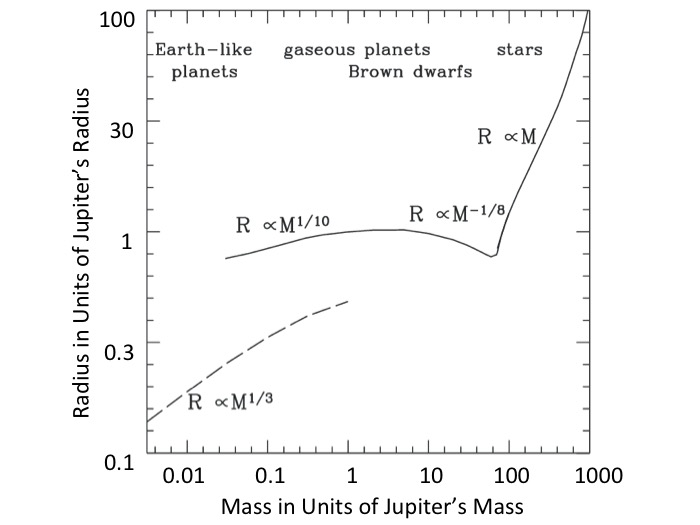(One of our volunteers, Peter Jalowiczor, gave a talk about Backyard Worlds: Planet 9 at his own astronomy club. Today’s informative blog post is his report about the experience. Did you know that brown dwarfs get smaller the more massive they are? Read on. -Marc)
I had the pleasure to give a talk at one of the UK’s leading Astronomical Societies: the MSAS (the Mexborough and Swinton Astronomical Society). The society is situated ~20 km from Sheffield (pop, 570,000) in England and was founded in 1978. Every Thursday evening is a great social occasion centred on a lecture. At least once a month, some academic visits the society to present on an aspect of Astronomy. Academics really enjoy visiting and describe this place as an Aladdin’s cave as may be seen by some of the photos!

The evening was divided-up into two parts consisting of two completely different presentations. One sent by Marc specially for the occasion and the other prepared weeks in advance by myself. They turned out to complement each other perfectly (thank you Marc!). You’re welcome, Peter! -Marc
- The First Presentation
I started with an introduction to the Science team and the important fact that Planet Nine is presumed to exist. It is estimated to be around 10 Earth masses, on an elliptical orbit, averaging a=700 AU because of visible disruption in the orbits of detached Kuiper Belt Objects. Next, the nearest neighbours to the Sun were discussed with examples of these BD systems and the prizes of participating in BYW:P9 included discovering such objects.
The flipbook was introduced followed by examples of what to mark and what not to mark: the submissions procedure. How this would be related to the Astronomical software/ procedures described in the second presentation blended both presentations ideally.
The successes of BYW:P9 include the discovery of a T Dwarf in the first few days of the project!

- The Second Presentation
I started with a comprehensive description of brown dwarfs, with the three main categories and their associated spectral classes; this culminated in a review of the mass-radius relationship from solar-type stars to the terrestrial planets (G. Chabrier et. al., 2008). A chart demonstrated the decrease (compression) of BD radii with mass before the critical mass is reached as a BD turns into a star. After this point the radius increases dramatically. The positions of L, T and Y objects and sub-BD objects was discussed down to Jovian mass.

Second, I a gave detailed description of the 2MASS project and the WISE mission, the wavebands in which the detectors operated and the positions of the IR bands on the electromagnetic spectrum. 2MASS: j=1.235um, h=1.662um, k=2.159um. WISE: W1=3.4um, W2=4.6um, W3= 12um, W4=22um. I showed that WISE goes much deeper than 2MASS into the Mid-Infrared.
Third, I gave a complete overview of the astronomical tools used: the Backyard Worlds: Planet 9 flipbook, which is at the heart of the project, SIMBAD, VizieR, IRSA Finderchart and BYE Tools (Wiseview).
Fourth, I showed a home video of how everything comes together.
Fifth, I described the project’s results by showing a presentation of the spreadsheet that has been built-up. I described how the photometry of 2MASS and WISE come into this, i.e., W1-W2, J-W2 and how these differences can be used to constrain the spectral types of objects. I referred to photometric Brown Dwarf classification charts from Skrzypek, N., et al.,
I showed clips from Backyard Worlds: Planet 9 Hangouts to demonstrate the international calibre of this project, which put on a completely different light on everything.

And finally!
- The principle aims of the project are to discover Brown Dwarfs and Planet Nine. Red Dwarfs are a secondary target and are being catalogued.
- Volunteers are encouraged to distinguish real celestial objects from image artefacts in data from NASA’s WISE mission
- roughly 5 million classifications of images from NASA’s WISE telescope.
- 432 objects of interest for the follow up campaign, mostly newly discovered BD candidates. We now have more than 500! -Marc
- Planet Nine has remained elusive, as have Planet X and Tyche (instruments are sensitive to gas giants out to about 50,000 astronomical units from the Sun).
—Peter Jalowiczor
There was also Question and Answer Session at the end of the lecture. I’ve attempted to answer some of the questions. –Marc
Q: What causes the ‘ghosts’/artefacts in the images?
A: Though the optics in the WISE telescope are first rate, they are not perfect; some black surfaces are not perfectly black, and some transparent optics are partly reflective. As a result, the light from particularly bright stars can create secondary images from bouncing around more than, ideally, it should. Those appear as artifacts and ghosts. –Marc
Q: The candidates submissions procedure. If it is listed in a Red Dwarf catalog. There seemed to be contradiction in what I said and what seemed to implied by the project. (e.g. I don’t submit a candidate if it is listed in a Red Dwarf catalog in VizieR). Whereas there could be objects listed in Red Dwarf catalogues that are misclassified? Should such objects be submitted or not? It would save time for the user.
A: The rule is: if it’s moving and it’s not in SIMBAD (and not a ghost or star or other artifact), please submit it to the Think-You’ve-Got-One form. Sorry for the confusion! -Marc
Q: Brown Dwarfs or Brown Dwarves? One member picked-up on this after I used this (I was using Brown Dwarfs). It turns out that Dwarfs is American English and Dwarves is British English. I was ‘instructed’ to write properly!
A: I’m no expert on British English, but perhaps you could consult with the Extrasolar Planets and Brown Dwarfs group at the University of Hertfordshire.
Thank you, Peter, for being such a compelling ambassador for Backyard Worlds: Planet 9, and for composing this delightful blog post. –Marc
